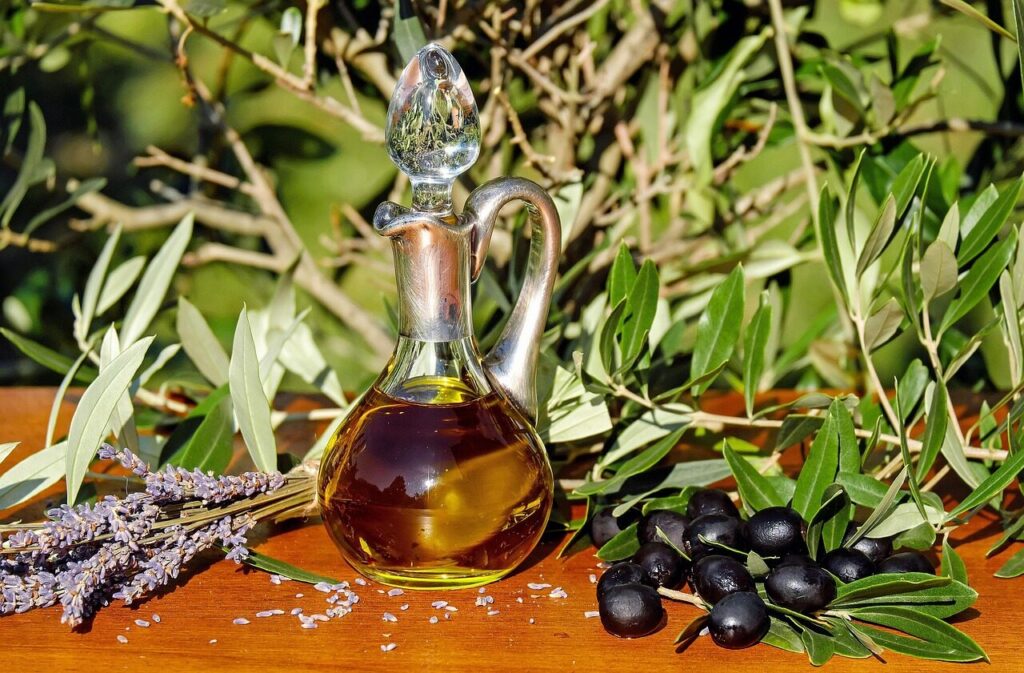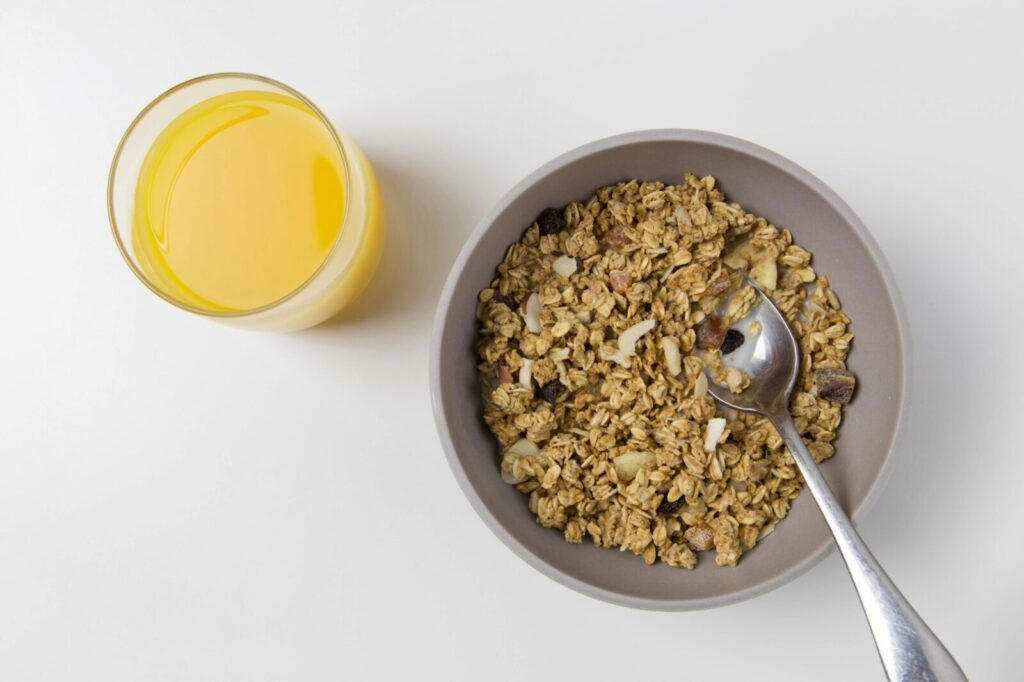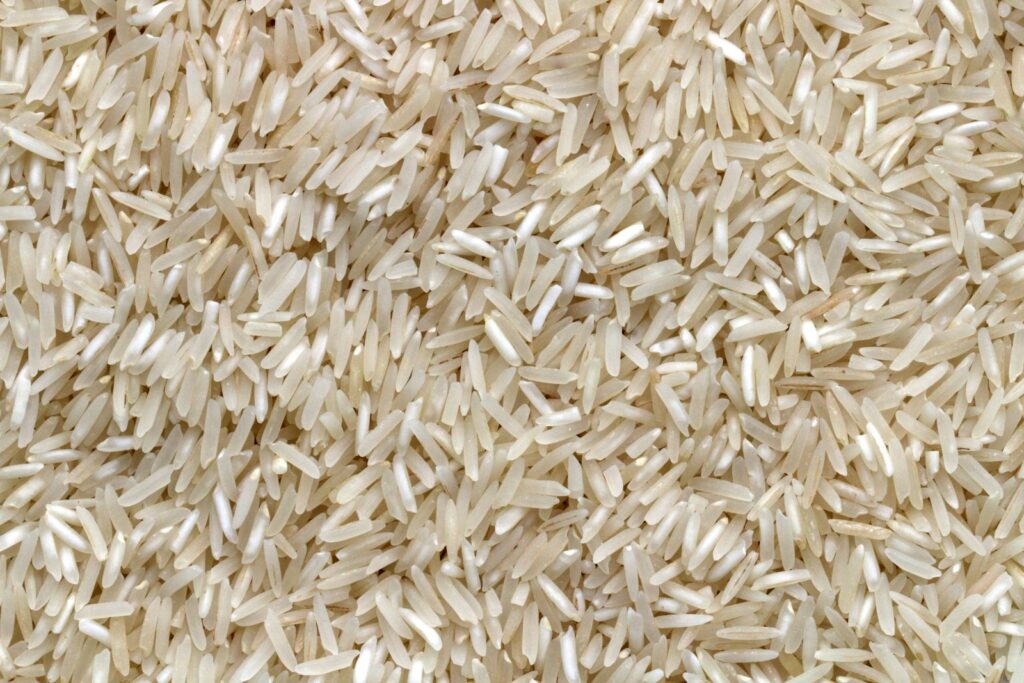If you’ve noticed your grocery bill creeping higher even when you buy the same items, you’re not imagining it. Prices on everyday essentials have been rising steadily, and some have quietly doubled in cost over the past year. Factors like inflation, transportation costs, supply shortages, and global events have affected nearly every aisle in the supermarket. From pantry staples to fresh produce, consumers are feeling the squeeze. While some price jumps are temporary, others may stick around for a while as producers adjust to new economic realities. Understanding which items have surged the most can help shoppers plan better and find creative ways to save. Here are ten grocery items that have seen the steepest increases this year and the reasons behind their surprising rise.
1. Eggs

Eggs have become one of the most noticeable price jumpers in grocery stores, with the cost of a dozen eggs rising from around $1.80 to nearly $3.50 over the past year. This sharp increase is driven by several factors. A major contributor is the avian flu outbreak, which has wiped out millions of egg-laying hens, drastically reducing supply and disrupting production nationwide. Additionally, rising feed prices by nearly 20% and higher transportation costs due to fuel price hikes have pushed production expenses even higher. As a result, consumers are feeling the strain at checkout, especially since eggs are a breakfast staple and an essential ingredient in countless recipes. To cope with the surge, some shoppers are exploring plant-based egg substitutes costing about $4.99 per carton, while others are opting to buy in bulk from local farms, where prices average $2.80 per dozen, to save money without compromising on nutrition.
2. Butter

Butter prices have surged dramatically this year, surprising many households that use it daily for cooking and baking. As of October 2025, the average retail price of butter in the U.S. has climbed to $6.20 per pound, up from $4.10 per pound last year, a nearly 51% increase. The main reasons include higher dairy production costs and global shortages of animal feed, which have pushed up milk prices. Additionally, labor shortages in the agricultural sector have slowed manufacturing and distribution, further tightening supply. Butter’s popularity in both home and restaurant kitchens has kept demand strong despite the rising cost. As a result, many consumers are switching to margarine or oil-based spreads, which average around $2.80 per pound, as cheaper alternatives, though some still prefer butter’s rich flavor. The surge also reflects the wider rise in dairy product prices, with cheese and milk costs increasing by 20–30% due to higher energy and refrigeration expenses.
3. Bread

Bread, a universal staple, has also seen its price quietly double, rising from about $1.50 to $3.00 per loaf in many markets. The jump is largely tied to increasing wheat prices, which have climbed by nearly 40 percent due to global supply chain disruptions and poor harvests in major exporting countries such as Ukraine and Canada. Fuel and packaging costs have also surged, with delivery and plastic wrapping expenses adding an extra $0.20 to $0.30 per loaf. For many families, the higher price of bread is particularly noticeable because it’s an everyday essential that once cost little to include in daily meals. Bakeries have had to adjust by either raising prices or slightly reducing loaf sizes from 600 grams to around 500 grams to stay profitable. As a result, some consumers are turning to homemade bread, which can cost as little as $1.20 per loaf to make, offering a cheaper and fresher alternative at home.
4. Coffee

Coffee lovers have been hit hard as prices continue to climb sharply. In the past year, the average price of Arabica beans has risen from $1.80 to $2.40 per pound, while Robusta beans have increased from $1.20 to $1.70 per pound. Extreme weather conditions in coffee-growing regions like Brazil have reduced harvest yields by nearly 25%, causing a significant supply shortage. Shipping delays have made global distribution more costly, adding an average of $0.15 per pound to transportation expenses. Labor shortages and higher fuel costs, now averaging around $4.10 per gallon in some areas, have further driven up production and delivery prices. The result is a noticeable rise in the cost of both whole beans and instant varieties, with a typical 12-ounce bag now priced between $12 and $16 compared to $8 just a year ago. For many, coffee remains a non-negotiable part of the morning routine, so this increase can’t easily be avoided. Some have responded by buying in bulk to save around 10% per purchase or switching to local roasters who offer more competitive prices at about $10 per bag.
5. Cooking Oil

Cooking oil prices have soared globally, largely due to disruptions in the production of palm, sunflower, and soybean oils. The war in Eastern Europe affected the export of sunflower oil, pushing global prices from around $1.20 to $1.80 per liter. Droughts in major soybean-producing countries like Brazil and Argentina reduced yields, driving soybean oil prices up to about $1.70 per liter. Palm oil, widely used in Asia, also saw an increase to nearly $1.50 per liter because of limited harvests and higher export duties. Increased transportation and packaging expenses, which rose by an estimated 15%, have added to the final price at grocery stores. Since cooking oil is essential for frying, baking, and everyday meal preparation, its cost increase impacts nearly every household. Many shoppers have started exploring alternative oils like canola, now averaging $1.60 per liter, or coconut oil, which can reach $2.50 per liter depending on supply conditions.
6. Chicken

Chicken, once known as an affordable protein, has become significantly more expensive this year. The average retail price for chicken has climbed from around $1.80 per pound last year to nearly $3.50 per pound today. Feed costs, which account for more than 60% of total production expenses, have risen by 25% due to higher corn and soybean prices. Transportation costs have also increased by roughly 15%, driven by rising fuel prices and supply chain delays. Meanwhile, processing plants continue to face labor shortages, slowing production, and limiting supply. With red meat prices also soaring, more consumers have turned to chicken as a cheaper alternative, pushing demand even higher. As a result, popular cuts like chicken breast and thighs now cost almost twice as much as they did a year ago. To manage expenses, many households are opting for frozen family packs priced around $2.50 per pound or purchasing from local poultry vendors, where fresh whole chickens can cost about $7 each, offering a more budget-friendly way to maintain protein in their meals.
7. Cheese

Cheese prices have crept up considerably, driven by the same forces affecting other dairy products. The average price of milk has climbed to about $4.50 per gallon, pushing cheese production costs higher. Rising energy expenses for refrigeration and processing, which have increased by roughly 15% over the past year, have also contributed to the surge. Global demand for cheese exports continues to grow, especially in regions like Asia and the Middle East, putting further pressure on domestic supply. Specialty and imported cheeses have seen the steepest increases, with prices jumping from around $12 to $18 per pound. Even everyday varieties such as cheddar and mozzarella now cost between $6 and $8 per pound, up from about $4 a year ago. Restaurants and home cooks alike are feeling the strain, especially with cheese being a key ingredient in countless dishes. Some consumers have started buying larger two-pound blocks priced at around $14 and shredding them at home as a cost-saving strategy that also helps reduce packaging waste.
8. Cereal

Cereal, once a quick and affordable breakfast option costing around $3.50 per box, has nearly doubled in price in many stores, now reaching $6 to $7 depending on the brand. The increase stems from higher grain costs, with wheat and corn prices rising by about 40% over the past two years, as well as expensive packaging materials that have gone up nearly 25%. Supply chain challenges have also driven up transportation and manufacturing expenses across global food production. Popular name brands such as Kellogg’s and General Mills have been hit hardest, while store brands have seen smaller increases, averaging around $4.50 per box. With many families relying on cereal for convenience, the price hike has become especially noticeable in weekly grocery budgets. Some shoppers are shifting to oatmeal, which costs about $2.50 per container, or homemade granola that can be prepared for less than $5 per batch, as healthier and cheaper alternatives. Despite these changes, the convenience factor keeps cereal on many breakfast tables across the country.
9. Fresh Produce

Fresh fruits and vegetables have experienced noticeable price spikes in recent months due to extreme weather patterns, higher transportation costs, and labor shortages in the agricultural sector. Droughts and floods in major farming regions have reduced yields, creating scarcity and pushing retail prices higher. For instance, the average price of lettuce has climbed to around $3.20 per head from $1.80 last year, while tomatoes now cost about $2.90 per pound compared to $1.70 previously. Berries, particularly strawberries and blueberries, have also surged, with prices reaching as high as $6.50 per pint in some areas. For health-conscious consumers, these increases pose a challenge in maintaining a balanced diet within budget. Many have adapted by purchasing in-season produce, shopping at local farmers’ markets where prices may be lower, or choosing frozen and canned alternatives that provide comparable nutritional value at a fraction of the cost, typically around $1.50 to $2.00 per serving.
10. Rice

Rice, a global dietary staple, has seen significant price increases this year due to supply chain issues and reduced exports from key producing countries. Climate disruptions have affected harvest yields in Asia, while transportation delays have driven up import costs. As a result, both white and specialty rice varieties have become more expensive. The average price of white rice has risen from $0.95 to $1.30 per pound, while premium varieties like jasmine and basmati now range from $1.80 to $2.50 per pound. Since rice is a daily necessity in many households, the rising cost is particularly impactful. Some consumers are buying in bulk to save in the long run, while others are turning to local varieties priced around $0.85 per pound that offer better value without compromising quality.
Comments